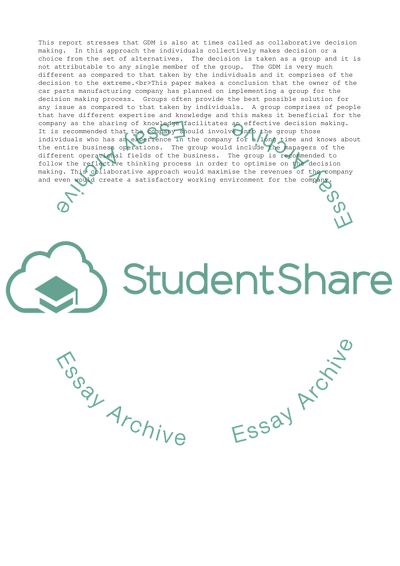Cite this document
(“Group Decision Making Essay Example | Topics and Well Written Essays - 3000 words”, n.d.)
Group Decision Making Essay Example | Topics and Well Written Essays - 3000 words. Retrieved from https://studentshare.org/management/1640857-group-decision-making
Group Decision Making Essay Example | Topics and Well Written Essays - 3000 words. Retrieved from https://studentshare.org/management/1640857-group-decision-making
(Group Decision Making Essay Example | Topics and Well Written Essays - 3000 Words)
Group Decision Making Essay Example | Topics and Well Written Essays - 3000 Words. https://studentshare.org/management/1640857-group-decision-making.
Group Decision Making Essay Example | Topics and Well Written Essays - 3000 Words. https://studentshare.org/management/1640857-group-decision-making.
“Group Decision Making Essay Example | Topics and Well Written Essays - 3000 Words”, n.d. https://studentshare.org/management/1640857-group-decision-making.


